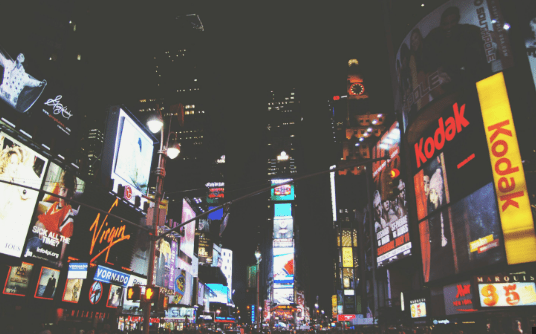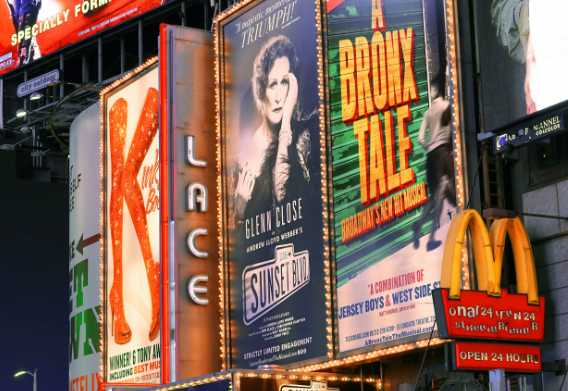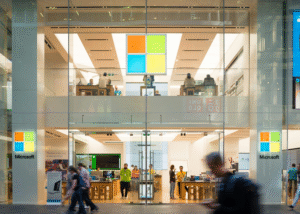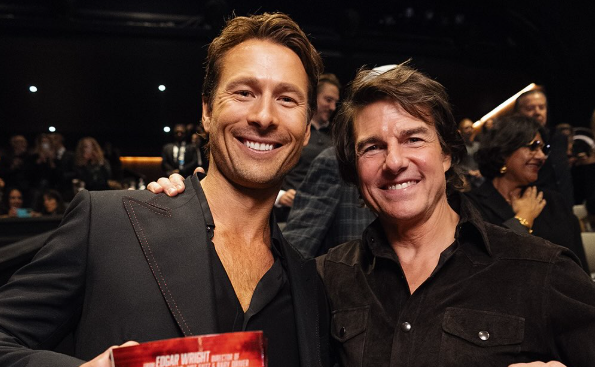When big brands try to jump on the latest social trends, things can sometimes go sideways. Remember when Gillette’s “toxic masculinity” ad made waves, or when Marks and Spencer released a rainbow sandwich for Pride? These moves didn’t always win fans. Some people even started saying, “Go woke, go broke!” suggesting that brands should steer clear of being too trendy or inclusive.
But guess what? A new global study is here to challenge that idea and show that being inclusive might actually be good for business.

The study, released by the Unstereotype Alliance, a group led by UN Women, has found that inclusive ads can actually help brands make more money and become more popular. The research was done by Oxford University’s Saïd Business School, with help from big companies like Diageo, Kantar, and Unilever. They worked with the Geena Davis Institute, a group set up to study how gender is represented in the media.
So, what did the study find? It looked at 392 brands from 58 countries and discovered some surprising results. Brands that use ads showing a wide range of people—without falling into stereotypes—tend to do better. Specifically, these inclusive ads can boost short-term sales by almost 3.5% and lead to a more than 16% increase in sales over a longer period. That’s right! Being inclusive can actually help brands sell more products.
Additionally, the study showed that 62% of buyers are more likely to choose a product if it’s advertised in an inclusive way. Plus, it makes 15% of shoppers more loyal to the brand. So, inclusivity isn’t just a nice thing to do; it’s a smart business move.
The research covered many types of products, from snacks and personal care items to pet food and beauty products. It showed that inclusive advertising works across various categories and locations.
Sara Denby, who leads the Unstereotype Alliance, said, “The idea that inclusive advertising can hurt a business has been around for too long. But the evidence we have now shows that this idea is simply not true. This data should encourage brands to embrace inclusivity, not only to support the communities they serve but also to grow their businesses.”
However, not all attempts at inclusivity have been smooth sailing. Some ads have faced backlash. For example, Burger King had to pull an ad featuring people eating burgers with giant chopsticks. Pepsi faced criticism for a commercial starring Kendall Jenner, which was seen as insensitive because it appeared to use the Black Lives Matter movement for marketing. Bud Light also had to handle a backlash when it featured transgender star Dylan Mulvaney in a campaign.
Even though these ads got a lot of attention, they didn’t always bring positive results for the brands. Italian fashion brand Benetton faced similar issues in the 1990s with provocative ads showing graphic images, like child labor and armed conflict. While these campaigns got people talking, they didn’t necessarily help the brand’s bottom line.

So, what’s the takeaway from all this? The message is clear: brands that try to be inclusive and represent a diverse range of people can benefit in the long run. It might be a bit tricky to get it right, and not every attempt will be perfect, but the evidence shows that inclusivity in advertising can lead to increased sales and stronger customer loyalty.
The world is changing, and so are the expectations of consumers. People today want to see brands that reflect their values and respect all kinds of individuals. For companies, this means embracing inclusivity isn’t just about being politically correct—it’s about making smart business decisions that can lead to real success.
So, next time you see a brand doing something new or different in their ads, remember: it might not just be about keeping up with trends. It could be a savvy move to connect with a wider audience and boost their sales. The idea that being inclusive will hurt a brand is quickly being proven wrong by the evidence.











